The document is a comprehensive guide on firefighting systems, detailing their various types, controls, and historical development. It covers the classification of fire systems, including dry pipe, wet pipe, and CO2 suppression systems, emphasizing the importance of protecting life and property from fire hazards. Additionally, it reviews the evolution of firefighting techniques and technology, underscoring the significance of automatic detection and suppression systems in modern buildings.
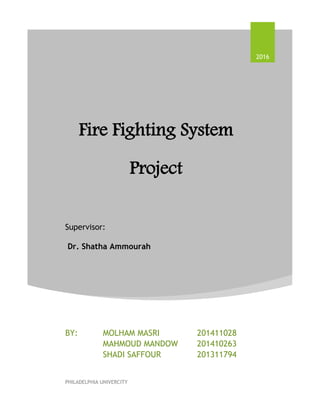








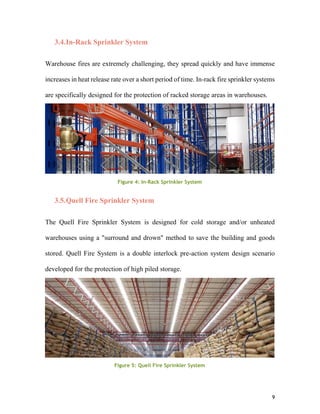


![12
3.9.CO2 Fire Suppression Systems
CO2 systems are the preferred choice as an extinguishing for a multitude of critical
facilities. Fast, efficient and adaptable to a wide range of hazards, the discharge of
carbon dioxide [a low-cost clean agent] is non-damaging to property and electrically
non-conductive.
Advantages: Using CO2: Fast, environmentally friendly, non-damaging, and non-
conductive
Figure 9: CO2 Fire Suppression System](https://image.slidesharecdn.com/3-160920224410/85/Fire-Fighting-System-13-320.jpg)
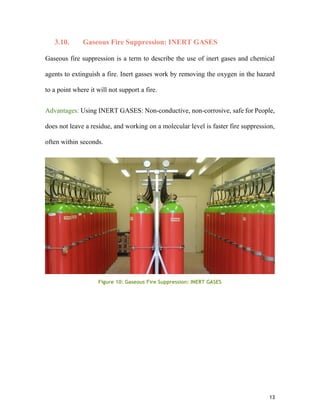
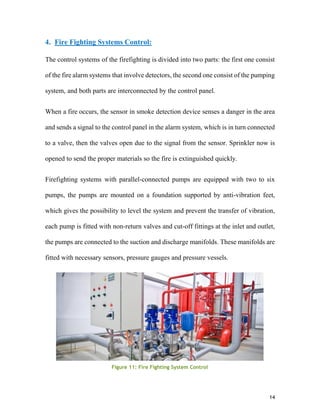





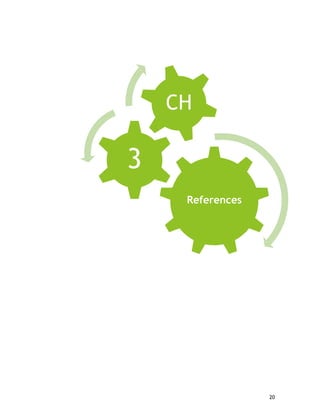
![21
3.1.References:
[1] Fred Hall & Roger Greeno, 19 May 2003; Building Services Handbook, fifth edition.
[2] fire protection systems and equipment , John M. Choline, jones & bartlett learning
[3] Irina G. Shepilova, Paris, November 1992, MAIN PRINCIPLES OF FIRE
PROTECTION IN LIBRARIES AND ARCHIVES
[4] American Bureau of Shipping , MAY 2005, GUIDANCE NOTES ON FIRE-
FIGHTING SYSTEMS
[5] http://www.vfpfire.com/
[6] http://www.fireline.com
[7] http://www.nfpa.org/
[8] https://www.nedcc.org/
[9] http://www.mfs.sa.gov.au
[10] http://www.fifisystems.com
[11] http://tfppemea.com
[12] http://www.emergencydispatch.org
[13] http://safelincsindia.com/
[14] http://www.firemain.com
[15] https://www.emergencydispatch.org
[16] http://www.ryanfp.com
[17] http://www.automaticfire.ie](https://image.slidesharecdn.com/3-160920224410/85/Fire-Fighting-System-22-320.jpg)